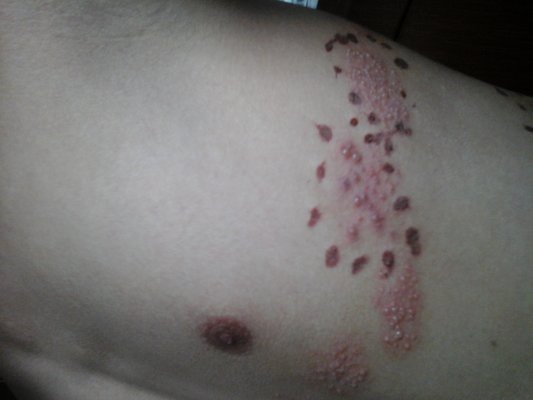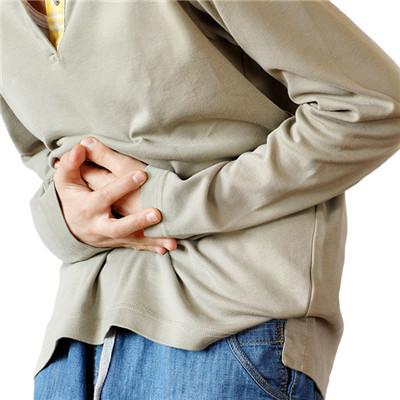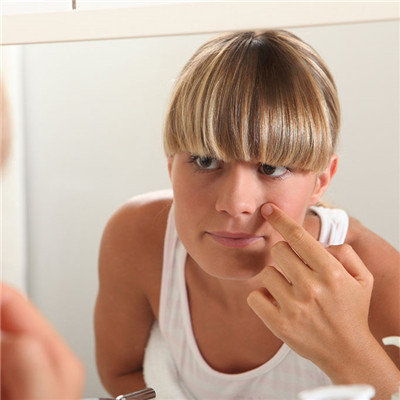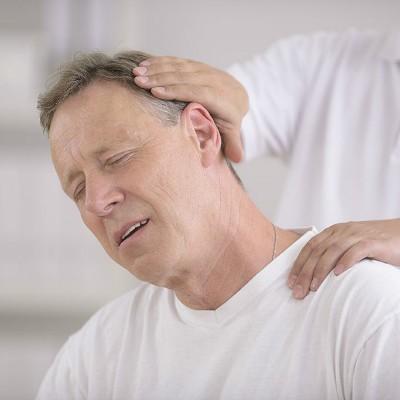How to remember the symptoms of organophosphorus pesticide poisoning?
summary
Vegetables in our daily life is inseparable, vegetables in the growth process need to spray pesticides to control pests, how do we prevent pesticide poisoning in our daily life? How to remember the symptoms of organophosphorus pesticide poisoning? Let's talk about it.
How to remember the symptoms of organophosphorus pesticide poisoning?
1. Cholinergic nerve excitation and crisis (1) muscarinic symptoms are mainly caused by the excitation of parasympathetic nerve endings, resulting in smooth muscle spasm and increased gland secretion. The clinical manifestations were nausea, vomiting, abdominal pain, sweating, tears, runny nose, salivation, diarrhea, frequent urination, incontinence, bradycardia and pupil narrowing, bronchospasm and increased secretion, cough and shortness of breath. Severe patients had pulmonary edema( 2) Nicotinic symptoms of acetylcholine in the striated muscle neuromuscular junction excessive accumulation and stimulation, so that the face, eyelids, tongue, limbs and body striated muscle fibrillation, and even systemic muscle tonic spasm. Patients often have a sense of tension and compression, and then muscle weakness and paralysis. Severe cases may have respiratory muscle paralysis, resulting in peripheral respiratory failure. In addition, because the sympathetic ganglion is stimulated by acetylcholine, its postganglionic sympathetic nerve fiber terminals release catecholamine, causing vasoconstriction, resulting in increased blood pressure, rapid heartbeat and arrhythmia( 3) Symptoms of central nervous system symptoms of central nervous system after acetylcholine stimulation include dizziness, headache, fatigue, ataxia, restlessness, delirium, convulsion and coma.
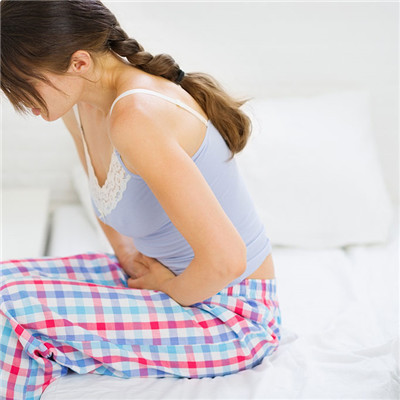
2. Intermediate syndrome intermediate syndrome (IMS) refers to a series of symptoms caused by delayed excretion of organophosphorus poisons, redistribution in the body or insufficient drug use, which make cholinesterase inhibited for a long time and accumulate in synaptic space. High concentration of acetylcholine continuously stimulates nicotinic receptors on postsynaptic membrane and desensitizes them, resulting in blocked transmission of impulses at neuromuscular junction. Generally, 1-4 days after acute poisoning, after the symptoms of acute poisoning are relieved, the patients suddenly appear the clinical manifestations characterized by weakness of respiratory muscles, muscles dominated by motor branches of brain nerve and muscles at the proximal end of limbs. The patient developed paralysis of the neck, upper limbs and respiratory muscles. If cranial nerves are involved, blepharoptosis, ocular abduction disorder and facial paralysis may occur. Myasthenia can cause peripheral respiratory failure, at this time need immediate respiratory support, if not timely intervention will easily lead to death.

3. There are no sequelae after acute organophosphorus pesticide poisoning. Individual patients can develop delayed neuropathy 2-3 weeks after the disappearance of acute poisoning symptoms, mainly involving the extremity, and can have lower limb paralysis, limb muscle atrophy and other neurological symptoms. At present, it is considered that the lesion is not caused by the inhibition of cholinesterase, but may be caused by the inhibition of neural target esterase and aging by organophosphorus pesticides.
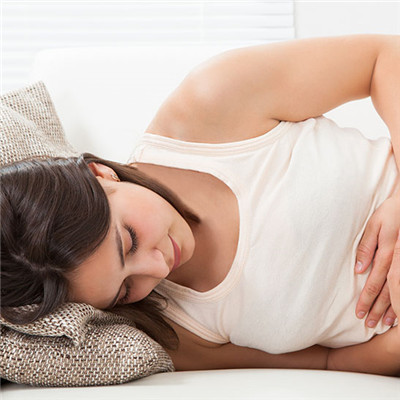
matters needing attention
1. When someone is poisoned due to exposure to organophosphorus pesticides, the poisoned person should be immediately carried to a place with fresh air and the contaminated clothes should be removed. 2. Use soapy water or 3% - 5% soda water to thoroughly wash off the liquid medicine on the skin (it is forbidden when trichlorfon is poisoned), and then scrub it with warm water. Be careful not to scrub with hot water or alcohol to avoid aggravating the absorption of poison. 3. If the eyes are contaminated, rinse them with normal saline or 1% soda water, then drip 1-2 drops of 1% atropine. 4. When someone inhales or ingests organophosphorus pesticide poisoning, the conscious person can take 400-500ml of clean water or 2% soda water orally, and then induce vomiting, repeatedly, until the liquid has no special smell. 5. For the intoxicated person who is not conscious or refuses to cooperate, open his mouth, pad soft things between his upper and lower teeth, and then wash his stomach with gastric lavage tube. 6. After the above preliminary treatment, the poisoned person was sent to the hospital for further treatment.


